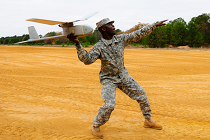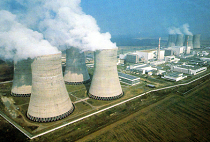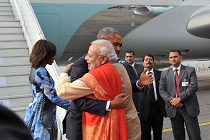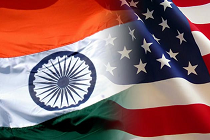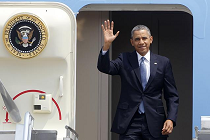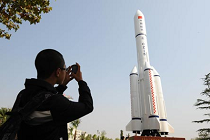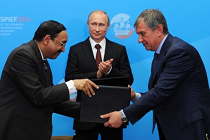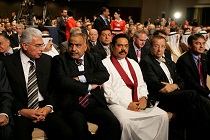Business underpins India-U.S. defence deal
In the recent defence technology cooperation deal with the U.S., India has prioritised the private sector over public sector units. If the government and business now work together productively, they can create a much-needed and robust long-term defence industrial base in India

